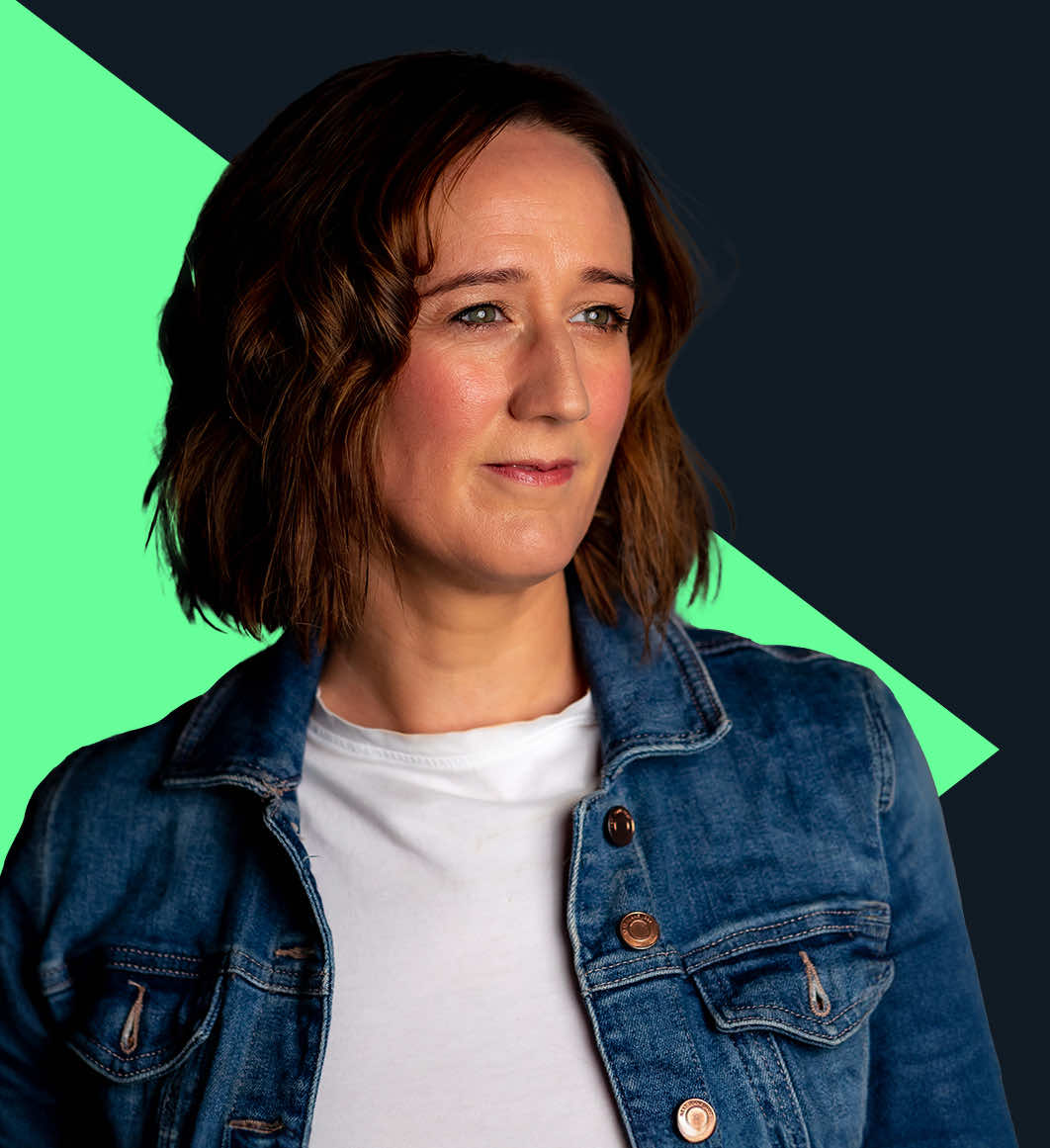5 Steps to a Great Website
Over the last 20 years, I have helped over 500 small businesses, startups, and entrepreneurs plan and build their website.
Some key questions come to mind before we even start…. How will you get people to your website? What do you want your visitors to do? The right approach to planning a great website is to work backwards.

I found that most people don’t really know how to properly plan their site. After all, your website is the face of your brand, your shop front and usually the first thing people look at. The right approach to planning a great website is to work backwards, by answering the following 5 questions:
1.
How will you get people to your website?
More specifically, what marketing techniques will you be using to attract your target audience? Is it search engine optimization? Pay-per-click advertising? Social media? PR? This step is very important, as it often answers many of the questions below.
Tip: Calculate which marketing technique works best for your site, by figuring out which has the lowest cost-per-acquisition (how much you spent on getting a customer).
Your website needs to take all kinds of visitors by the hand and help them find what they are looking for. Within a few seconds of getting to your site, a visitor needs to know what to do next. Do they need to sign up? Should they click a link to learn more? Once you determine what visitors are coming, you’ll be able to determine what they need to do once they get there.
Tip: Don’t try to please everyone, but have your site clearly laid out to direct visitors wherever they need to go. If you do too much your website will become busy and difficult to navigate. Focus on a few key features that majority of your visitors will benefit from and strong calls to action for example ‘book now’.
2.
Who will be coming to the site?
2.
Who will be coming to the site?
Your website needs to take all kinds of visitors by the hand and help them find what they are looking for. Within a few seconds of getting to your site, a visitor needs to know what to do next. Do they need to sign up? Should they click a link to learn more? Once you determine what visitors are coming, you’ll be able to determine what they need to do once they get there.
Tip: Don’t try to please everyone, but have your site clearly laid out to direct visitors wherever they need to go. If you do too much your website will become busy and difficult to navigate. Focus on a few key features that majority of your visitors will benefit from and strong calls to action for example ‘book now’.
3.
What questions will my visitors have?
Am I at the right place? How long have you been in business? Can I afford you? How do I know your product or service is any good? How can I learn more about your services and company? How do I contact you?
Tip: Try to answer the questions before they are asked. For example, if your visitors come to purchase a specific product or service that you’re well-known for in the industry, have that product or service easily located so they know they’re in the right place and can access product details right away. Clear, short messages work great.
Should they pick up the phone and call you? E-mail? Sign up for something? Buy your product online? A great website will guide your traffic where you want them to end up. If you’re selling a product or service, convince the visitors to buy and make it easy for them to do so. If you offer a service, let them know how and why they can benefit from it.
Tip: Be clear and concise. Don’t make visitors think, make them book you!
4.
What do you want your visitors to do?
4.
What do you want your visitors to do?
Should they pick up the phone and call you? E-mail? Sign up for something? Buy your product online? A great website will guide your traffic where you want them to end up. If you’re selling a product or service, convince the visitors to buy and make it easy for them to do so. If you offer a service, let them know how and why they can benefit from it.
Tip: Be clear and concise. Don’t make visitors think, make them book you!
5.
How do my visitors like to stay in touch?
Keep in mind, that most people who come to your website won’t become a customer. In fact, the average conversion rate on the Internet is around one percent, meaning only 1 out of 100 visitors will end up contacting you, signing up, or buying something. Find out what forms of communication your visitors prefer and give them the means to stay connected: e-mail, a blog, Twitter, Facebook, LinkedIn, Google+, RSS Feeds, and more.
Tip: Engaging your customers is important, as most people don’t convert on the first visit. Keep them coming back by identifying your target visitor and catering to the market that best reaches them. If they’re entry-level professionals and they’re constantly engaging in social media, have a social media presence and actively provide them reasons to return to your site. By engaging visitors you’ll give them incentive to return, convert, and hopefully invite their network to do the same.
Finally, once you’re planning is done and you are ready to get to development ensure your website is optimised for mobile!
5 ways to get your photo booth website right & free website audit for PBM Members HERE


